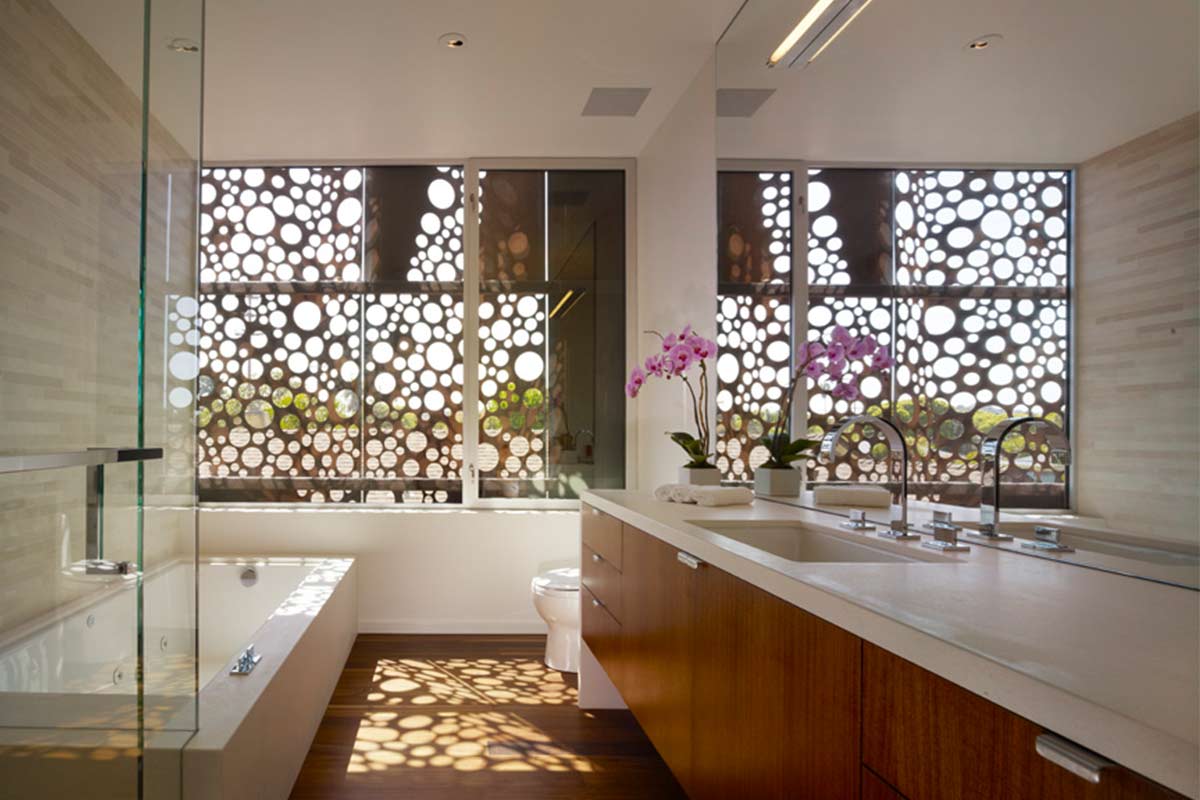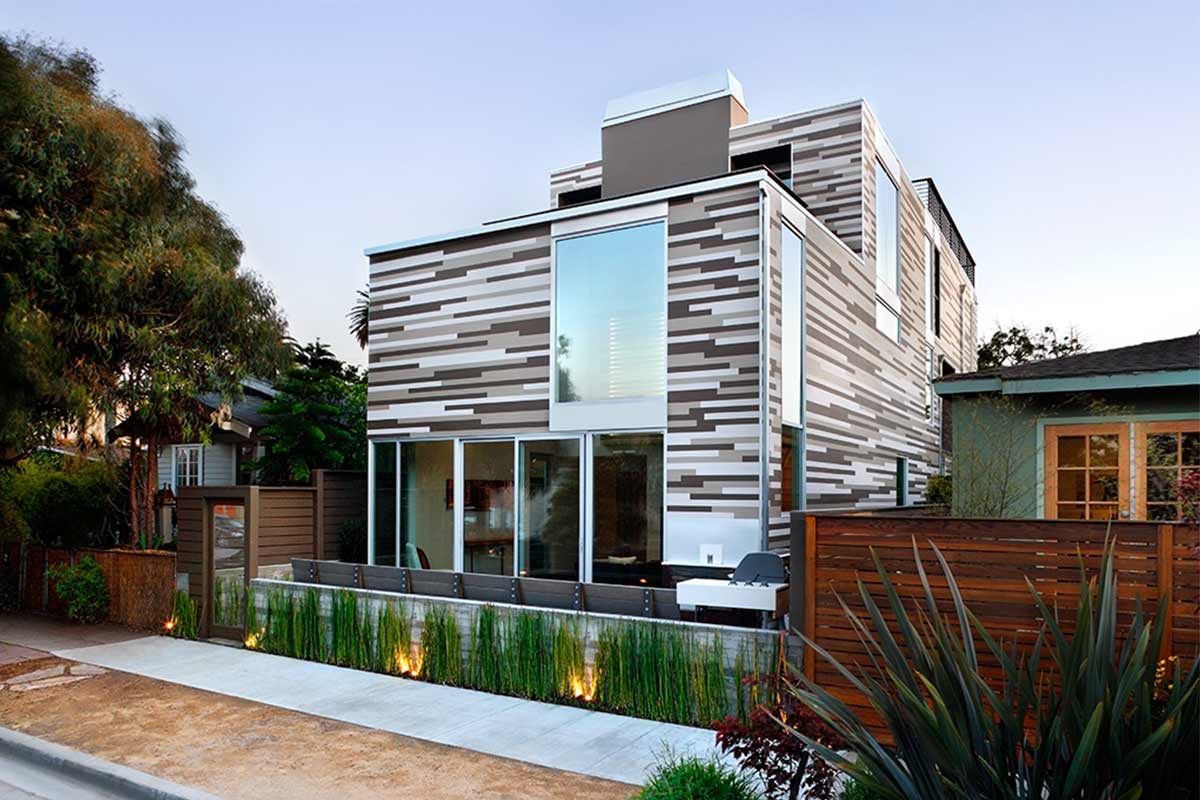How & Why Architecture Shapes the Experience of a Space
In many scenarios, buildings and spaces have a remarkable ability to shape the way that a person feels. A light, bright room can help a person feel connected to nature, for instance. A cozy, warm room might make a person feel at home.
In the world of architecture, the design principles that determine these experiences have been given a name: Phenomenology. For those beginning the process of designing a custom modern home, it’s not typically necessary to delve deep into the theoretical foundations of phenomenology. However, it can be tremendously powerful to understand how architecture is used to influence the experience of a space.
In addition to what the home looks like and how the space will be used, how the home makes people feel is one of the most important elements that will define the project. This is achieved through the manipulation of space, materials, light and shadow. Below is a closer look at the different ways the architecture can be used to strategically influence the experience of a space.
3 Ways Architecture Influences the Experience of a Space
1. Space Manipulation
Scale, proportion, height, and depth all play a role in how a person will experience a home. With careful planning, each of these aspects can be used to choreograph the flow of the space and influence the overall impact that it has on the viewer.
For example, a tight entryway in a house can serve to draw a person through the home and onto the next space, such as a large living room with high ceilings. As a result, the conscious decision to limit the size of the entryway effectively amplifies the impact of the living space, making it feel even more open and spacious.
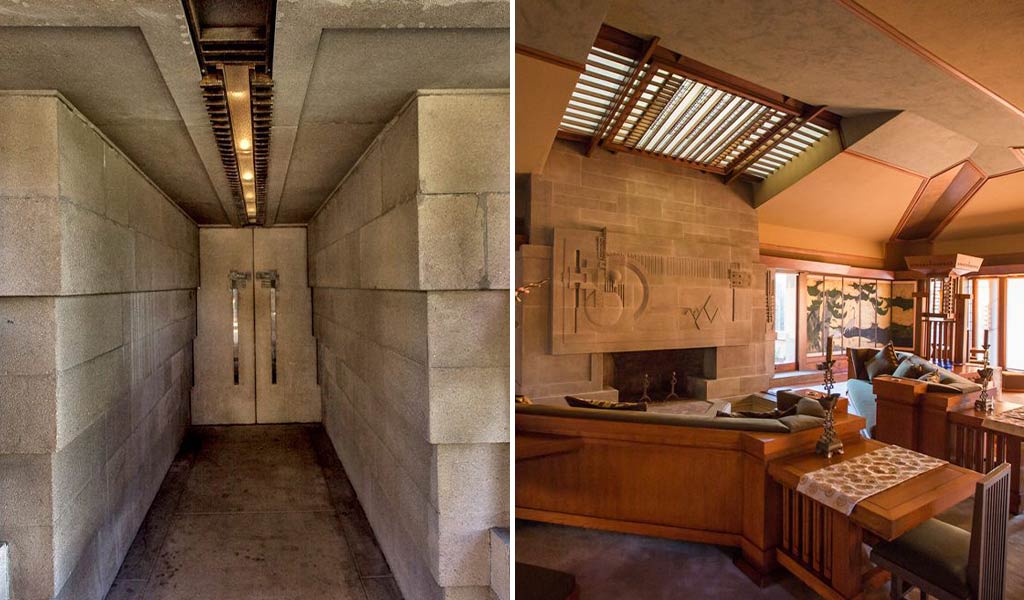
Frank Lloyd Wright’s Hollyhock house located in Los Angeles, California is a prime example of this concept in action. The entry vestibule was strategically designed to be relatively small with low ceilings. As you enter the home, this might make you stop for a moment and wonder why. Then, as you move in the living room, which is large with high ceilings in comparison, you release the closed in feeling of the entry and take in the beauty of the space.
Wright’s purposeful manipulation of the space not only serves to draw the viewer into the home, but it also elicits a particular feeling as one moves from room to room.
2. Materials
While the overall look and style is a reason to choose an interior or exterior material, it should not be the only factor to consider. Instead, homeowners should contemplate how particular material makes them feel.
As you begin to design your custom modern home, consider the deeper impact of various material choices. Does it take you back to a childhood memory or trip? Does it elicit a feeling of warmth or coziness? Or, does it create a feeling of minimalism and sophistication? The opportunities for material selection are endless, and determining how it will influence the experience of the space depends on the individual inhabitant themself.
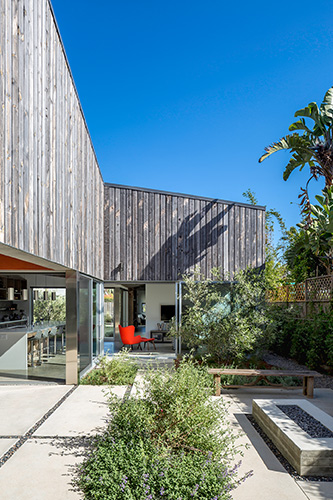
Take Modal Design’s Flower Duplex for example. We considered many different materials to clad the exterior of the home when designing this project. While working together, the client recounted fond memories of visiting her grandmother in rural Colorado as a child. These memories conjured imagery of old weathered barns, which led us to proposing weathered wood siding on the exterior of the new home. The client immediately connected to the idea as it reminded her of her childhood trips back to Colorado.
3. Light and Shadow
When building a custom home, light and shadow can be easily overlooked as an element to be designed. The use of natural light and the shadows cast through architectural elements can play a large role in how spaces feel and how they are used by the inhabitants.
The way that light enters the room—and better yet, how shadows are cast—can significantly impact the experience one has of the space. The intensity of sunlight and the subsequent shadows change constantly throughout the course of the day. Even further, light and shadows continue to change throughout the year, allowing the inhabitants a chance to re-engage with the space from season to season.
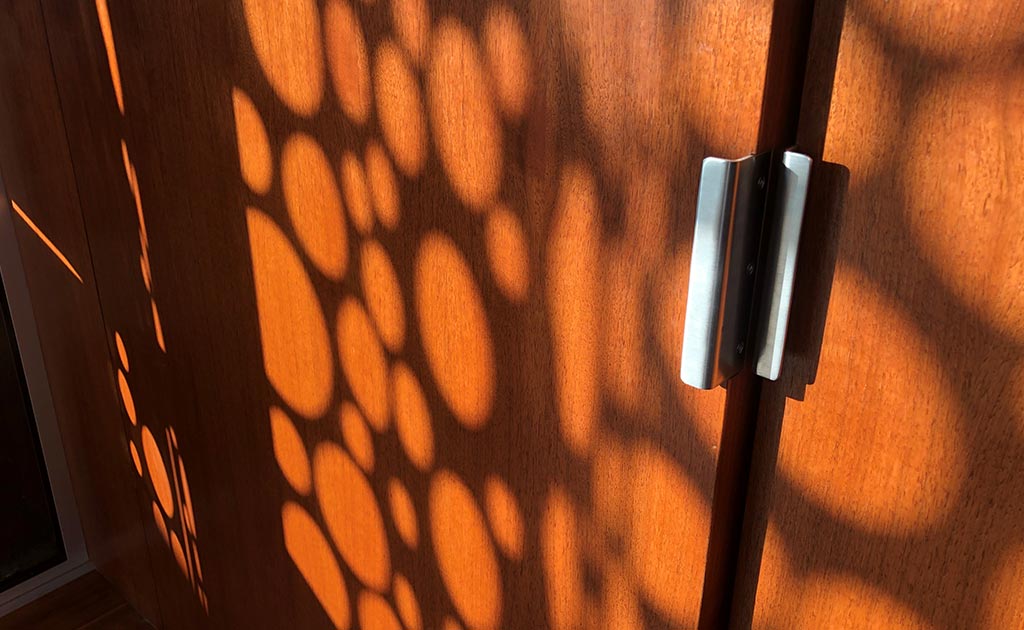
The Walnut House by Modal Design illustrates this phenomenon beautifully. The exterior of the home is cladded with metal panels dotted with water jet cut openings. The holes in the panels create a unique dappled light and shadow effect inside each room.
The experience of each room is slightly different based on the orientation to the sun’s path throughout the day. With each season the shadows and light hit the floors and walls at different angles. These seasonal changes are the most present at the top of the stairs on the second floor of the home. As participation with the space gets normalized, each season becomes a new and refreshing engagement with the space.
Experiencing Residential Architecture
As you begin to design your custom modern home there are a few things you should keep in mind: How the home looks, how you’ll use the space, and—perhaps most importantly—how the space makes you feel.
Fortunately, you don’t need to be an architect or a scholar to appreciate the effects of phenomenology in design. Instead, it’s possible to use this concept as a guide when making architectural decisions that influence the overall feel of the home. As a result, you’ll design a space that is not only beautiful visually, but that leaves a lasting impression in the way that it makes you feel.



